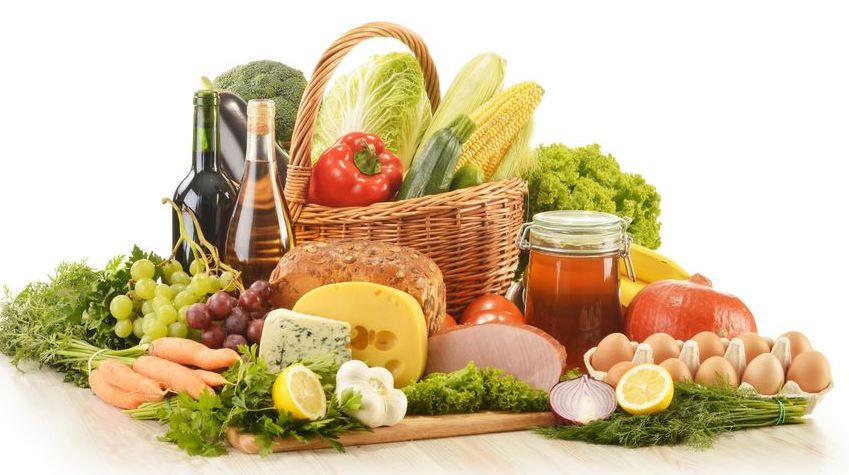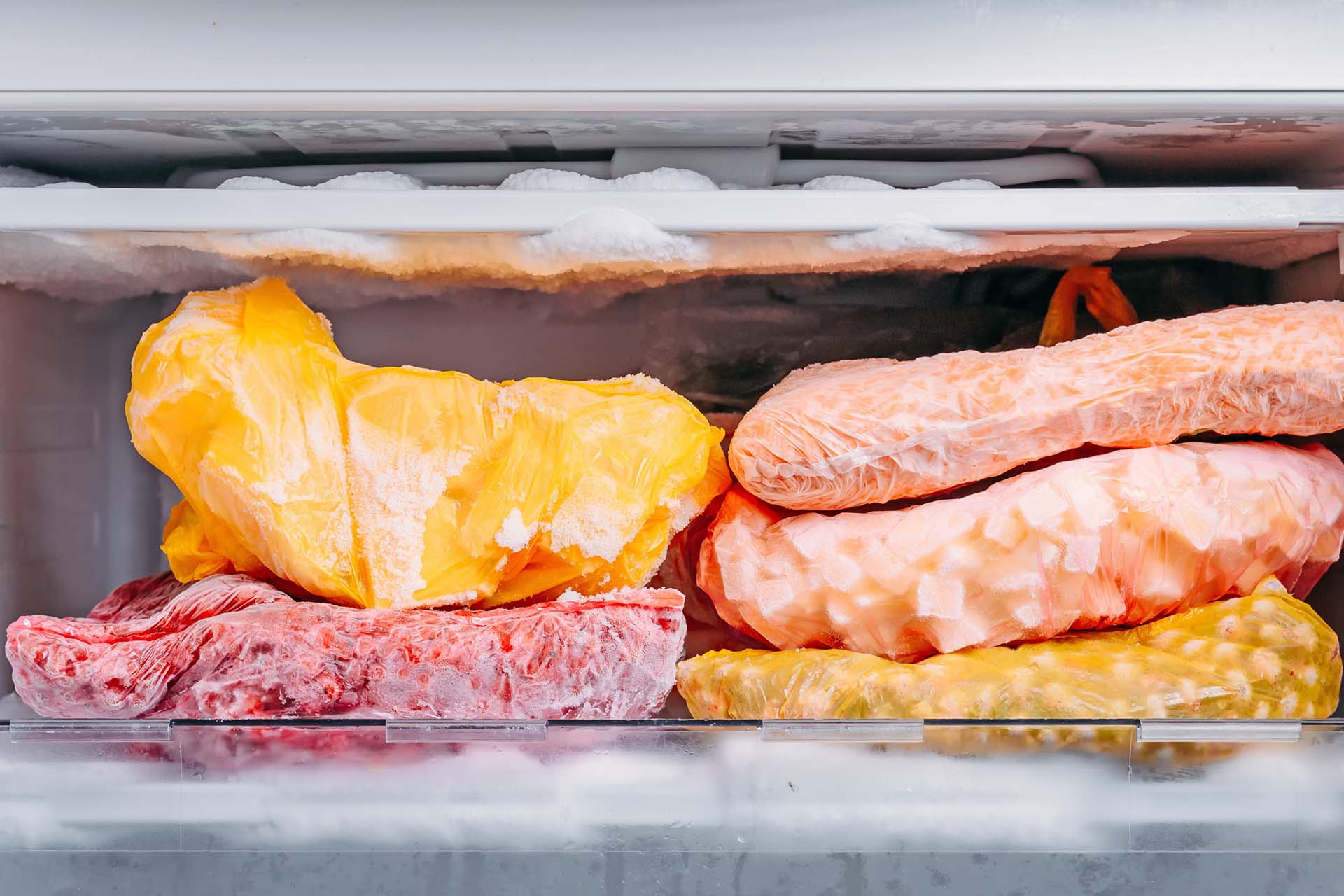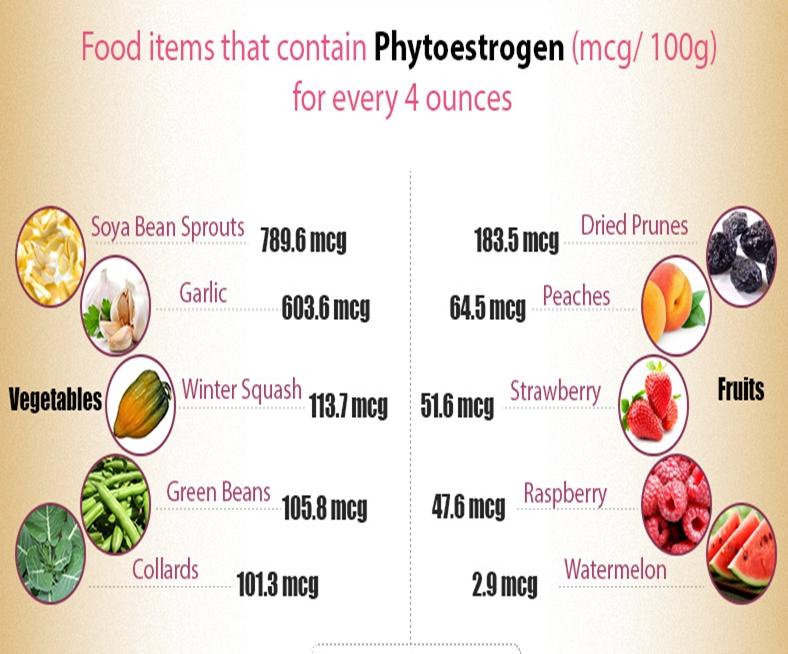Growing vegetables inside your home offers numerous benefits. Not only can you enjoy fresh, organic produce year-round, but indoor gardening also adds a touch of greenery and vibrancy to your living space. Here’s a comprehensive guide on how to grow vegetables inside:
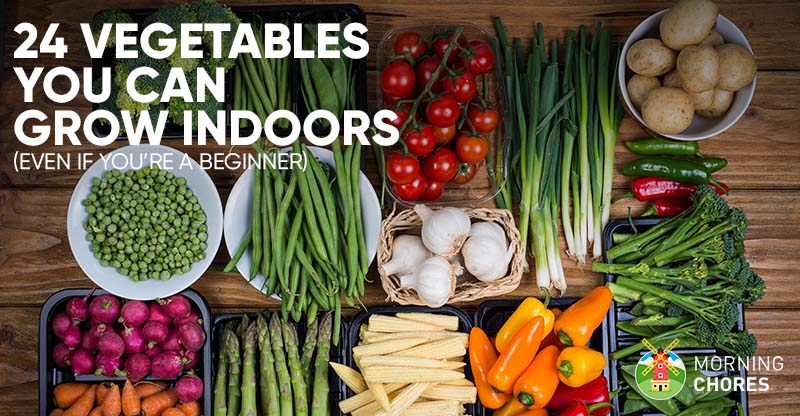
Choose the Right Vegetables:
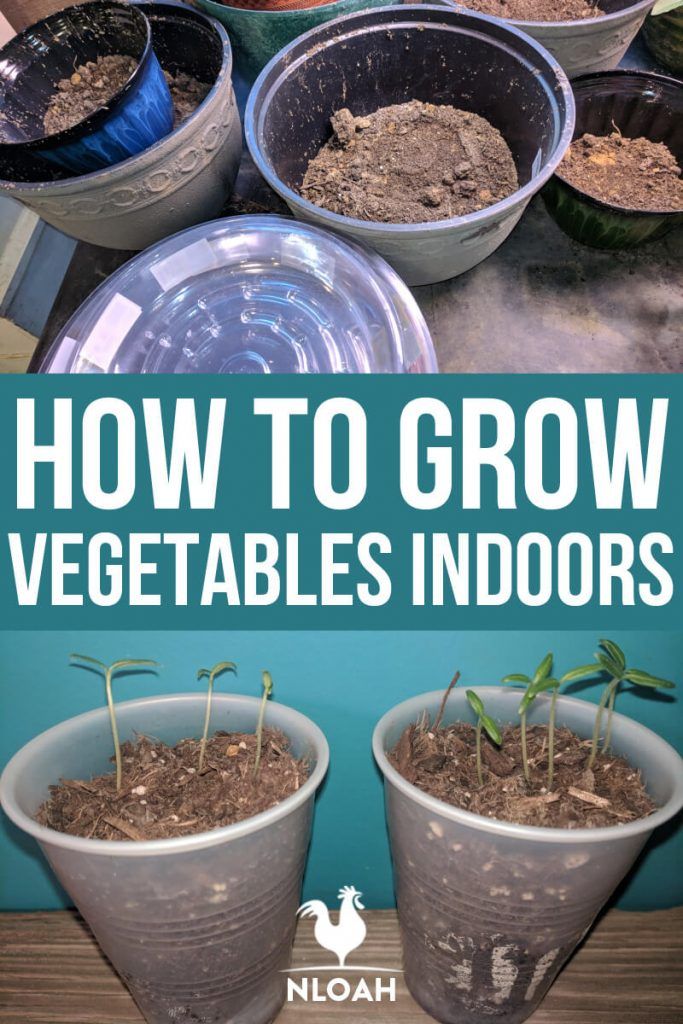
- Select vegetables suitable for indoor growing conditions, such as leafy greens, herbs, root vegetables, and small-fruited varieties.
- Consider vegetables that tolerate lower light levels and limited space, like spinach, lettuce, kale, basil, tomatoes, and strawberries.
Gather Supplies:

- Containers: Choose containers with drainage holes and adequate space for root growth. Plastic or ceramic pots, hanging baskets, or even repurposed containers can be used.
- Growing Medium: Use a well-draining potting mix or a mixture of peat moss, perlite, and vermiculite.
- Lighting: Provide bright, indirect light. Utilize natural sunlight through south-facing windows or supplement with artificial grow lights.
- Water: Store water at room temperature before use to avoid shocking the plants.
- Nutrients: Use organic fertilizers or water-soluble fertilizers diluted according to package instructions.
- Climate Control: Maintain temperatures between 65°F and 75°F (18°C to 24°C). Use a humidifier to increase humidity if needed.
Sowing and Planting:
- Start seeds indoors in small containers or seed trays filled with moist potting mix.
- Place the containers in a warm, sunny location or under grow lights.
- Keep the soil consistently moist but not soggy.
- Once seedlings have developed a few sets of true leaves, transplant them into larger containers.
- Ensure proper spacing between plants to allow for growth and air circulation.
Watering and Fertilizing:
- Water regularly to keep the soil consistently moist but not waterlogged.
- Check the soil moisture with your fingers before watering.
- Fertilize according to the vegetable’s specific needs. Follow the fertilizer package instructions for dilution and frequency.
Lighting:
- Provide at least 6-8 hours of bright, indirect light daily.
- Position containers near south-facing windows or use artificial grow lights.
- Grow lights should be placed 12-18 inches above the plants and adjusted as they grow.
Temperature and Humidity:
- Maintain a consistent temperature between 65°F and 75°F (18°C to 24°C).
- Use a humidifier or place trays filled with water near the plants to increase humidity.
- Avoid exposing plants to cold drafts or excessive heat.
Pests and Diseases:
- Monitor plants regularly for pests and diseases.
- Use organic pest control methods, such as neem oil or insecticidal soap, if necessary.
- Ensure adequate air circulation to prevent fungal diseases.
Harvesting:
- Harvest vegetables when they are ripe and at their peak flavor.
- Use sharp scissors or a knife to harvest leaves, fruits, and roots.
Indoor gardening requires patience and attention, but it’s a rewarding experience that offers fresh, delicious produce and enhances your living environment. By following these steps and consistently caring for your indoor vegetable garden, you can enjoy homegrown vegetables all year long.








